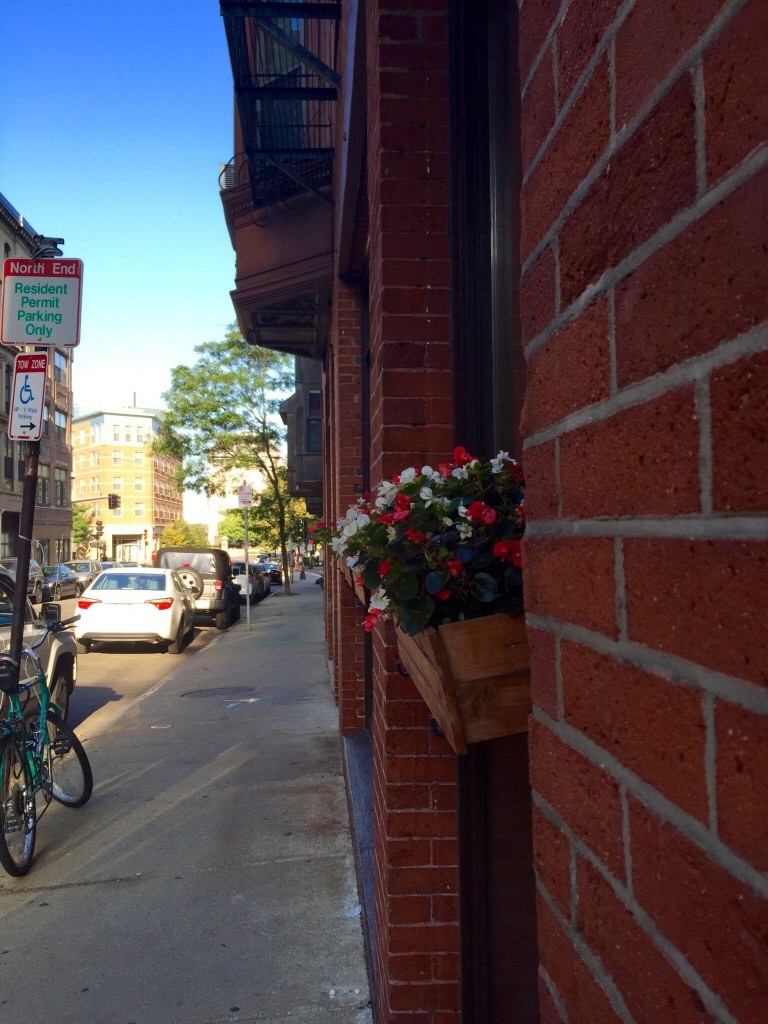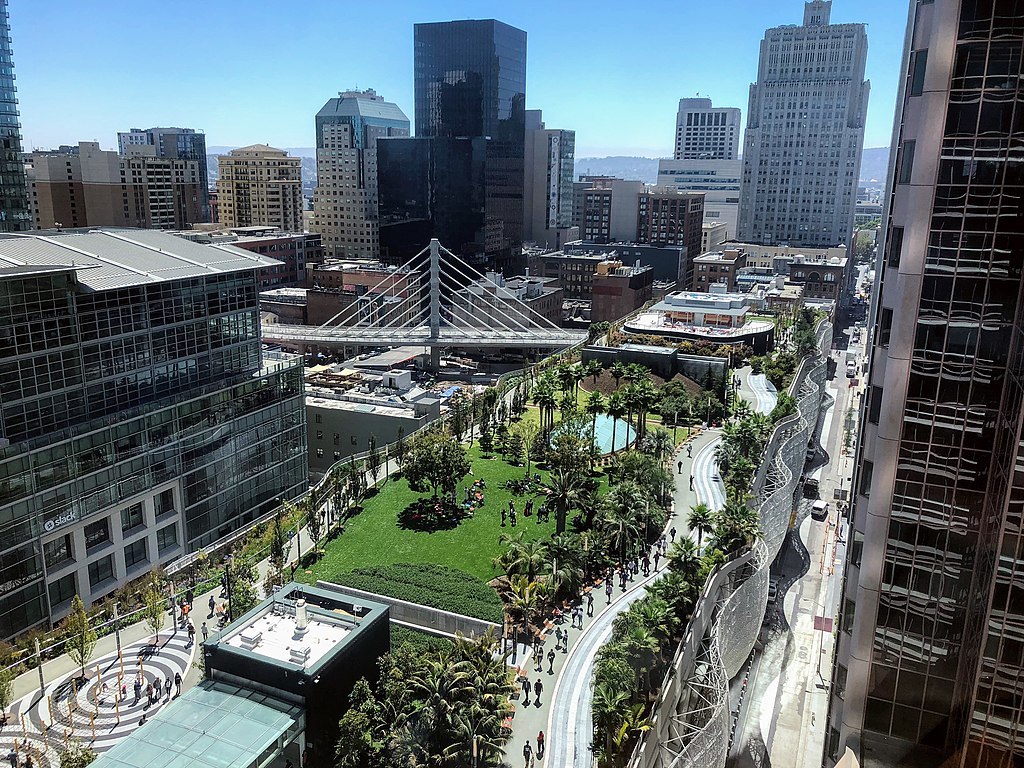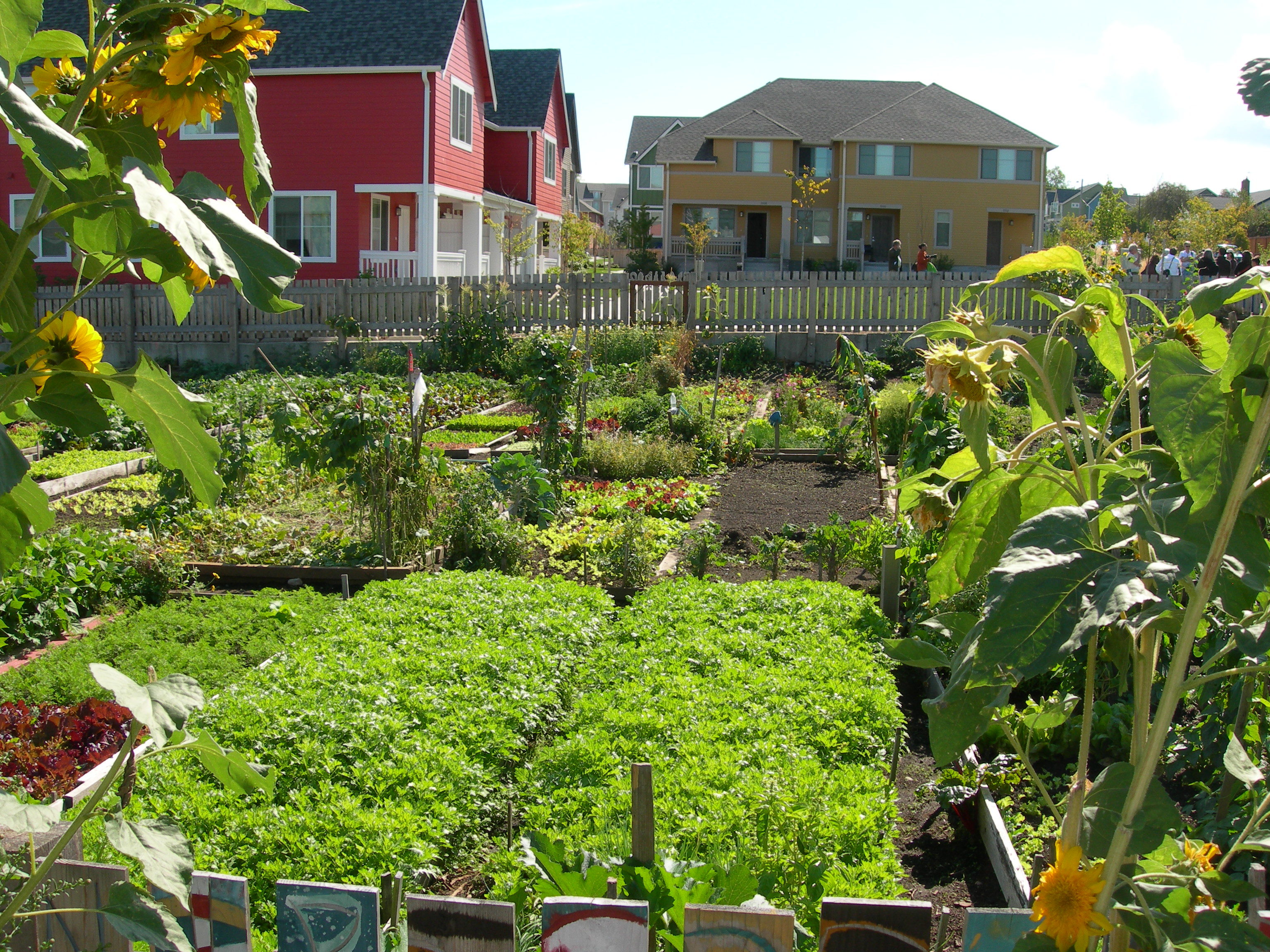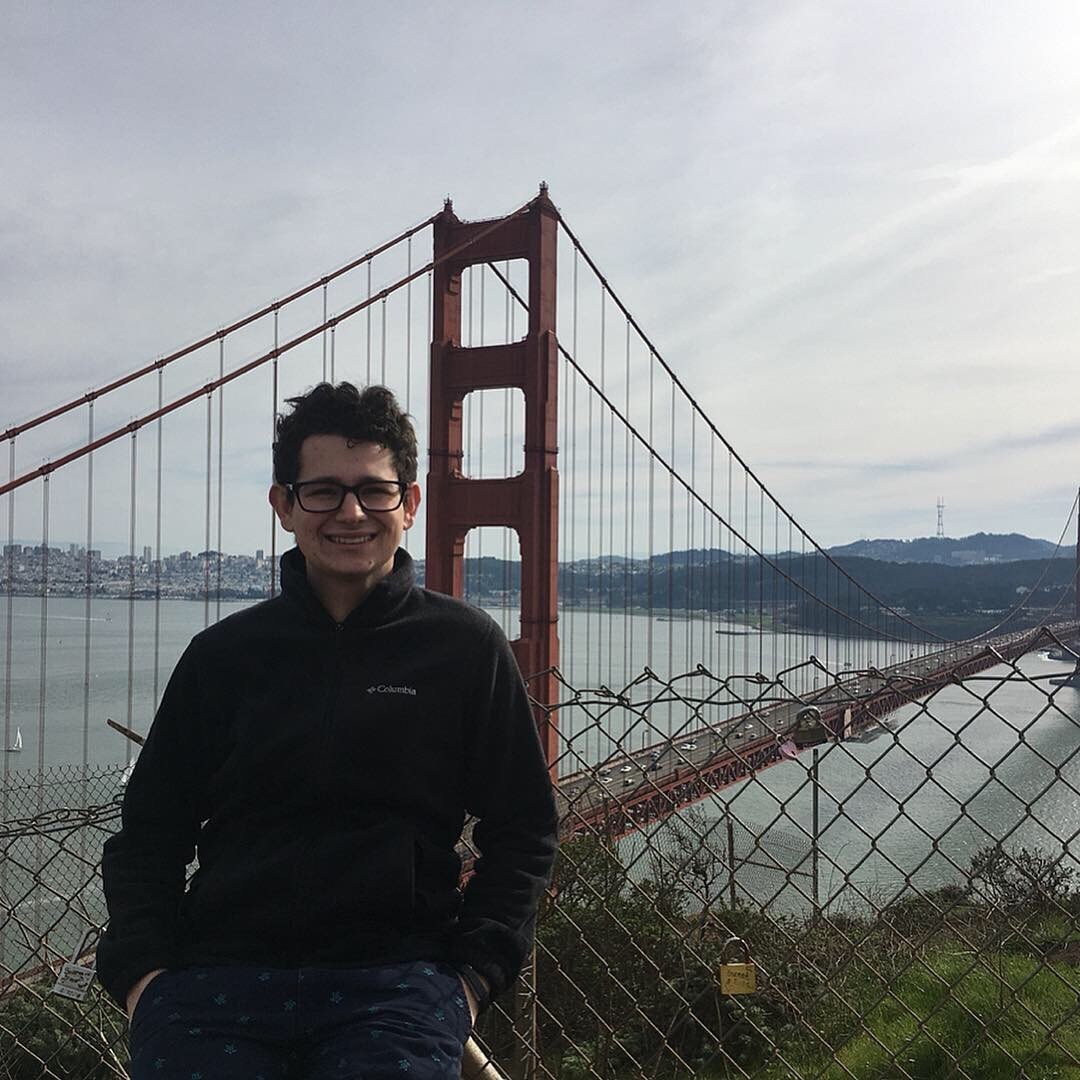Creating Urban Pollinator Hot Spots
By Zackary Litalien, Pollinator Partnership
It is important to have urban areas filled with a diversity of flowering plants, improving areas that would otherwise be part of a monotonous concrete jungle. Beautiful flowers and lush plants make the city look more vibrant and alive with color, while also serving as crucial habitat for many pollinators. Common pollinators such as bees, butterflies, birds, and flies are more inclined to join the hustle and bustle of the city culture if there is somewhere for them to grab a quick bite, or in this case, a quick nectar drink! It can be relatively easy to create urban pollinator hot spots, and some fun ideas include building flower boxes, green roofs, rooftop gardens, community gardens, or sidewalk planters!
Window Planter (Photo by Andrea Arredondo)

Flower boxes
A flower box is a simple but effective way to bring pollinator friendly plants to your neighborhood and create an urban pollinator hot spot. Flower boxes can be set up in any climate and location, from the ground floor of your home all the way up to your 15th floor apartment. All you need to do is secure a box outside your window, add some healthy soil to it, and plant the seeds or partially grown flowers that are native to your area that bloom throughout the year. These flowers usually require minimal maintenance, just varying degrees of water depending on the chosen plants and environments they are in. Within weeks, your window will flourish with color and will start feeding the many pollinators that nest in your neighborhood. Follow this link for more information about window boxes (https://www.pollinator.org/window-box).
Green Roofs and Rooftop Gardens
Rooftop gardens can be a great way to use the empty space on your roof to create a beautiful pollinator hot spot. This can be done by adding garden boxes with specifically chosen plants that grow well in your city climate, and are attractive to pollinators. Another way to create an urban pollinator hot spot is by creating a green roof which is a roof with a garden built right into it! A green roof will not only feed and provide shelter for higher flying pollinators such as monarch butterflies, but will also shield the buildings from direct sunlight which will reduce heat and energy consumption and provide natural insulation for the building.
Green Roof

Community Gardens
A community garden can transform an empty lot or park into a beautiful urban pollinator hot spot that can be benefit people and pollinators! To create a community garden, first organize a group of motivated individuals who want to help build pollinator habitat. When choosing a site for your garden, be sure to ask for permission to use the desired location. It is also important to research the types of plants that grow best and are native to the local environment. Once these steps have been completed, you can visit local nurseries and plant for pollinators, making sure to tend them on a regular basis. These gardens create habitat and food sources for many types of pollinators, while simultaneously improving local air quality, and transforming a once empty area into an amazing pollinator sanctuary.
Community Garden (Photo by Paul Symington)

Sidewalk Planters
When walking down most city streets, it is common to see lots of concrete, signs, and technology that makes the scenery bland and monotonous. By creating urban pollinator hot spots using sidewalk planters, you can help create a more colorful and vibrant community while helping provide pollinators with nutritious food. Similar to the flower boxes, you can get permits and permission by your city to create sidewalk planters that would benefit people and pollinators of the environment they are in.
Sidewalk Planter
Follow this link to learn more about urban pollinators and download the Urban Environments poster created by Aaron Birk, a graphic novelist. https://pollinator.org/shop/po...
